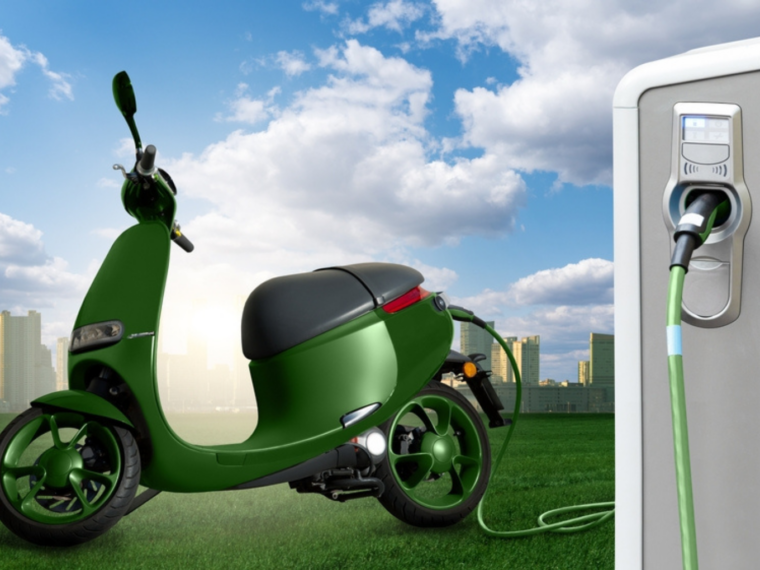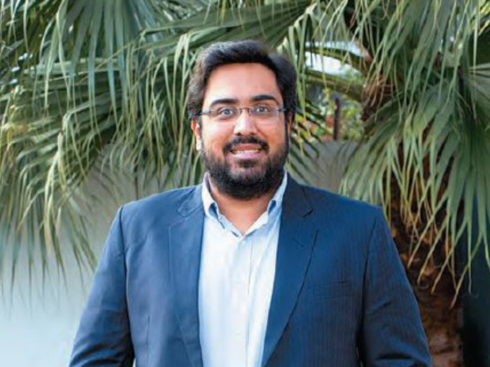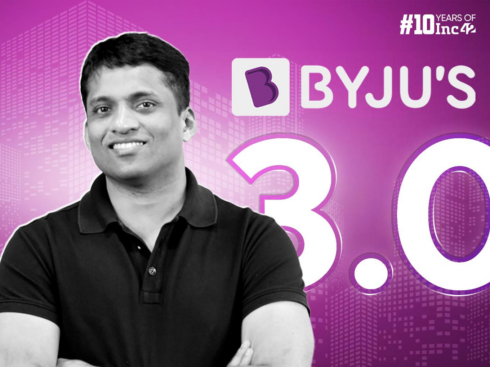
In a letter to FM Nirmala Sitharaman, industry body SMEV raised questions on the Ministry of Heavy Industries’ decision to leave out some of the two-wheeler OEMs from FAME-II scheme
Saying that INR 1,700 Cr of FAME-II subsidy was held back by the MHI, the SMEV questioned the ministry’s move to seek additional funds for the scheme
The FAME-II scheme, launched to promote adoption of EVs in the country, has been mired in controversies over the government’s decision to penalise two-wheeler OEMs for violating norms
Continuing its attacks on the Ministry of Heavy Industries (MHI), industry body Society of Manufacturers of Electric Vehicles (SMEV) has alleged that the ministry’s decision to remove some of the small and medium sector electric vehicle (EV) manufacturers from the FAME-II scheme has led to the government subsidy now being used to prop up the bottom lines of loss-making original equipment manufacturers (OEMs).
The SMEV made the allegation in a letter written to finance minister Nirmala Sitharaman, questioning the MHI’s request for more funds from the finance ministry for the FAME-II scheme.
It must be noted that as per a recent report, the MHI is expected to seek an additional INR 1,500 Cr-INR 1,700 Cr from the finance ministry for the FAME-II scheme.
“Going by the calculation of unpaid subsidies of INR 1,200 Cr and claimed back amounts of close to INR 500 Cr, the MHI has already held back INR 1,700 Cr that was due for payment,” Sanjay Kaul, chief evangelist of SMEV, said in the letter to the minister. “To ask for another INR 1,700 Cr is difficult to understand unless it is to make good its outstanding to these OEMs.”
As per Kaul, the bulk of the government subsidy is now being funnelled to loss-making companies that already have private investors’ funding support and are well-capitalised.
“The MHI’s actions to de-franchise the entire lot of small and medium sector OEMs from the scheme – who were mostly profit making, has led to a syndrome where the greater flow of government funding is being used to prop up the bottom lines of companies that are making substantial losses,” the letter read.
“It is worth asking if public funds should be put to use to cross subsidise well-capitalised, investor-fed, loss-making companies. In fact, to the credit of CEOs of some such companies, they are on record saying their enterprises do not need FAME subsidies,” it added.
This is not the first time when the SMEV has highlighted its dissatisfaction with the issues with the FAME-II scheme.
Earlier this year, the industry body, in a letter to government think tank NITI Aayog, said FAME-II scheme had turned out to be an “elitist” program after more than a dozen non-premium EV OEMs, including Hero Electric, Okinawa Autotech, and Ampere, were penalised for claiming the financial benefits in violation of FAME-II rules.
Later, deep-pocketed, loss-making players such as Ola Electric and Ather Energy also came under the government’s scanner after they were found to be artificially keeping their vehicle prices lower to get the demand subsidy under FAME-II. However, this didn’t have much of an impact on their EV registrations as they continue to see a rise in vehicle sales.
Under the FAME-II scheme, launched in 2019, the Indian government aims to support the electrification of public and shared transportation through demand incentives for 7,090 ebuses, 5 Lakh electric three-wheelers, 55,000 electric four-wheeler passenger cars, and 10 Lakh electric two-wheelers with a total budgetary allocation of INR 10,000 Cr.
However, the issues with the FAME-II scheme, including the cut in subsidy amount, have severely impacted the target of the scheme, as per the SMEV.
In its letter, the SMEV said that an allocation of INR 2,000 Cr was aimed for disbursement for the electric two-wheeler sector. The target was to subsidise 1 Mn such EVs at a pre-determined value of INR 10,000 per EV at a multiple of its battery rating.
“You may know that the target was missed by almost 50% – for two reasons. The subsidy amount married to battery capacity, produced an adverse outcome: the higher output, more expensive, premium segment EVs took away the lion’s share of the budget – quite contrary to the policy intent of shifting the largest, mass mover market first to EVs,” the industry body noted.
Besides, the subsidy per kWh was revised to INR 15,000, which skewed the average subsidy payout per EV to such an extent that the budget ran out at halfway of the deemed target, the SMEV claimed.
“Now, due to the MHI’s actions of blocking subsidies to OEMs who were accused of using imported parts beyond the mandated timeline, INR 1,200 Cr is still retained by the MHI since January 2022 in unpaid subsidies,” it added.
Meanwhile, after a severe disruption earlier this year, electric two-wheeler sales have started witnessing a rise once again, led by Ola Electric, TVS Motor, and Ather Energy. A total of 5.97 Lakh two-wheeler EVs have been registered so far this year, as per Vahan data.






























 Ad-lite browsing experience
Ad-lite browsing experience